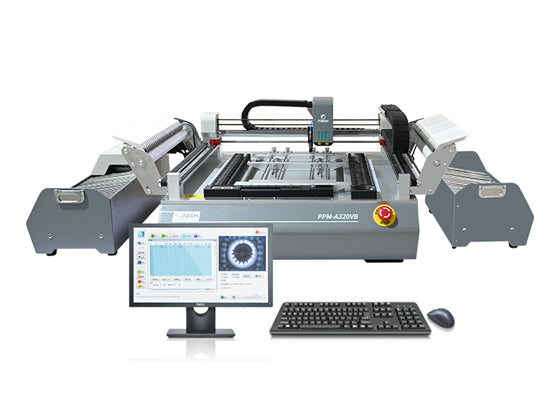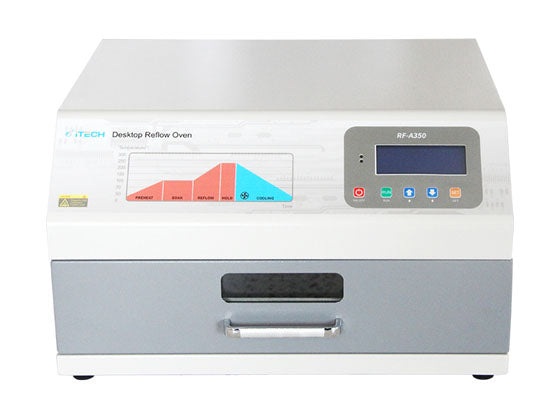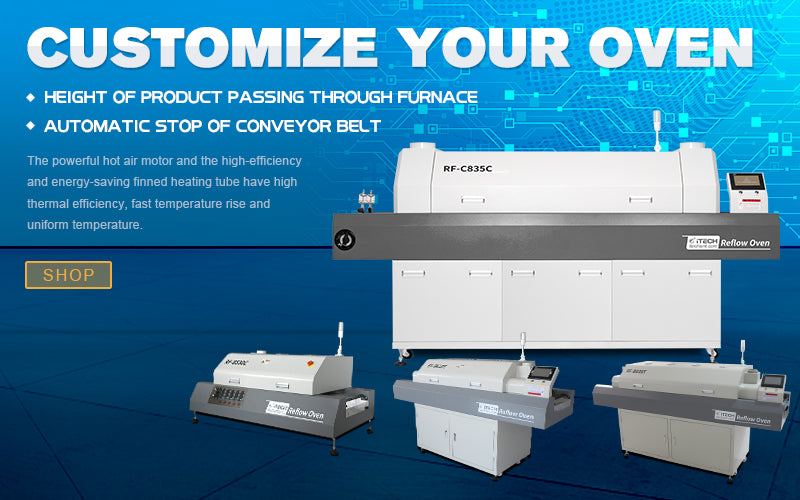SMT chip processing is the mainstream method of electronic product production at present. The front end of chip processing is to print solder paste and mount electronic components, and the rear end needs reflow soldering at high temperature to melt the solder paste and fix the electronic components and pads tightly. Together, prevent falling off and let the electronic components play their respective roles. Reflow soldering generally has 4 temperature zones, which are heat-absorbing zone, constant temperature zone, welding zone, and cooling zone. The temperature of different zones needs to be different, so as to achieve excellent performance. Improve the welding quality, thereby improving the welding pass rate and reducing the welding defect rate. Therefore, it is very important to control the reflow soldering temperature curve of the chip processing.
When measuring the temperature of the reflow soldering furnace temperature curve, you need to use a temperature curve tester. When measuring, you can use solder and high-temperature tape to fix it on the test point, turn on the switch of the tester, and the thermometer enters the cavity of the furnace together with the PCBA. Follow the editing process Sampling and recording the furnace temperature at the same time as the speed. After the test is recorded, connect the tester to the printer to print out the temperature curves in different temperature zones.
When using a temperature measuring instrument, there are the following methods to pay attention to:
- The mounted board must be used for measurement
Firstly, conduct thermal analysis on PCB components. Due to different PCB heating performance, component size and material differences, the actual heating temperature rise of each point is different. Find the Z hot spot and Z cold spot to measure the Z height. temperature and the lowest temperature.
- Set more test points to detect the real heating state
For example, the center and edge of the PCBA board are heated differently, the heat capacity of large-volume components is different from that of small components, and test points must be set for heat-sensitive components.
- Fix with specified high-temperature solder
The thermocouple probe has a small shape and must be fixed at the test position with specified high-temperature solder or adhesive, otherwise it will loosen due to heat and deviate from the predetermined test point, causing test errors.





